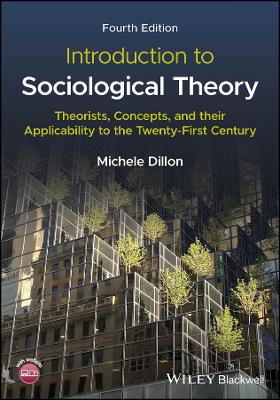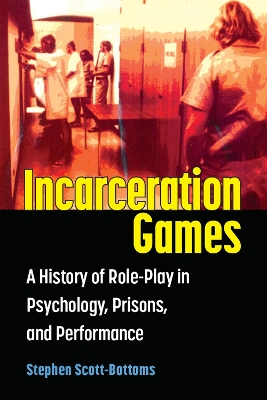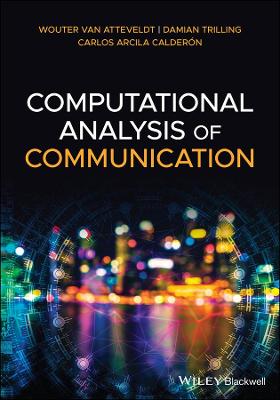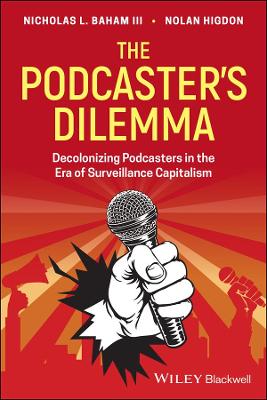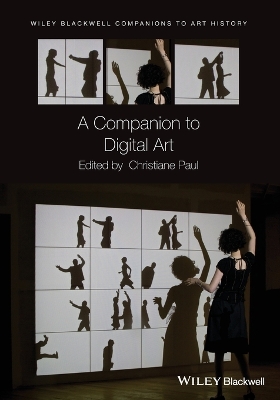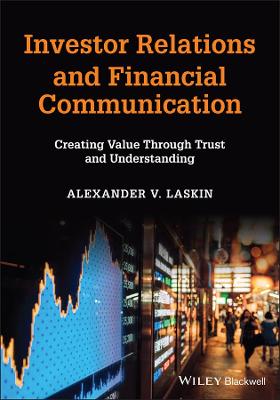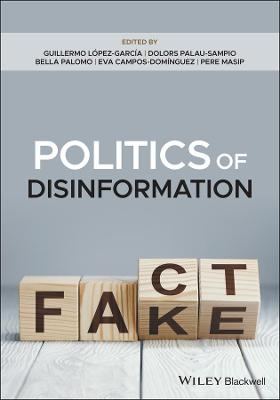Behavioral Computational Social Science
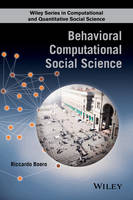 -15%
portes grátis
-15%
portes grátis
Behavioral Computational Social Science
Boero, Riccardo
John Wiley & Sons Inc
09/2015
200
Dura
Inglês
9781118657300
15 a 20 dias
378
1 Introduction: Toward behavioral computational social science 1
1.1 Research strategies in CSS 2
1.2 Why behavioral CSS 3
1.3 Organization of the book 4
Part i?CONCEPTS AND METHODS 7
2 Explanation in computational social science 9
2.1 Concepts 10
2.1.1 Causality 10
2.1.2 Data 18
2.2 Methods 19
2.2.1 ABMs 19
2.2.2 Statistical mechanics, system dynamics, and cellular automata 22
2.3 Tools 25
2.4 Critical issues: Uncertainty, model communication 27
3 Observation and explanation in behavioral sciences 31
3.1 Concepts 32
3.2 Observation methods 35
3.2.1 Naturalistic observation and case studies 35
3.2.2 Surveys 36
3.2.3 Experiments and quasiexperiments 37
3.3 Tools 38
3.4 Critical issues: Induced responses, external validity, and replicability 40
4 Reasons for integration 43
4.1 The perspective of agent?]based modelers 44
4.2 The perspective of behavioral social scientists 49
4.3 The perspective of social sciences in general 54
Part iI BEHAVIORAL COMPUTATIONAL SOCIAL SCIENCE IN PRACTICE 57
5 Behavioral agents 59
5.1 Measurement scales of data 61
5.2 Model calibration 63
5.2.1 Single decision variable and simple decision function 63
5.2.2 Multiple decision variables and multilevel decision trees 65
5.3 Model classification 67
5.4 Critical issues: Validation, uncertainty modeling 70
6 Sophisticated agents 73
6.1 Common features of sophisticated agents 75
6.2 Cognitive processes 75
6.2.1 Reinforcement learning 76
6.2.2 Other models of bounded rationality 80
6.2.3 Nature?]inspired algorithms 80
6.3 Cognitive structures 84
6.3.1 Middle?]level structures 85
6.3.2 Rich cognitive models 86
6.4 Critical issues: Calibration, validation, robustness, social interface 88
7 Social networks and other interaction structures 91
7.1 Essential elements of SNA 93
7.2 Models for the generation of social networks 99
7.3 Other kinds of interaction structures 104
7.4 Critical issues: Time and behavior 106
8 An example of application 109
8.1 The social dilemma 110
8.1.1 The theory 111
8.1.2 Evidence 113
8.1.3 Our research agenda 114
8.2 The original experiment 114
8.3 Behavioral agents 116
8.3.1 Fixed effects model 116
8.3.2 Random coefficients model 117
8.3.3 First differences model 118
8.3.4 Ordered probit model with individual dummies 119
8.3.5 Multilevel decision trees 121
8.3.6 Classified heuristics 126
8.4 Learning agents 127
8.5 Interaction structures 127
8.6 Results: Answers to a few research questions 128
8.6.1 Are all models of agents capable of replicating the experiment? 129
8.6.2 Was the experiment influenced by chance? 131
8.6.3 Do economic incentives work? 133
8.6.4 Why does increasing group size generate more cooperation? 135
8.6.5 What happens with longer interaction? 136
8.6.6 Does a realistic social network promote cooperation? 137
8.7 Conclusions 138
Appendix Technical guide to the example model 141
A.1 The interface 142
A.2 The code 145
A.2.1 Variable declaration 146
A.2.2 Simulation setup 152
A.2.3 Running the simulation 157
A.2.4 Decision-making 157
A.2.5 Updating interaction structure and other variables 165
References 173
Index 187
1 Introduction: Toward behavioral computational social science 1
1.1 Research strategies in CSS 2
1.2 Why behavioral CSS 3
1.3 Organization of the book 4
Part i?CONCEPTS AND METHODS 7
2 Explanation in computational social science 9
2.1 Concepts 10
2.1.1 Causality 10
2.1.2 Data 18
2.2 Methods 19
2.2.1 ABMs 19
2.2.2 Statistical mechanics, system dynamics, and cellular automata 22
2.3 Tools 25
2.4 Critical issues: Uncertainty, model communication 27
3 Observation and explanation in behavioral sciences 31
3.1 Concepts 32
3.2 Observation methods 35
3.2.1 Naturalistic observation and case studies 35
3.2.2 Surveys 36
3.2.3 Experiments and quasiexperiments 37
3.3 Tools 38
3.4 Critical issues: Induced responses, external validity, and replicability 40
4 Reasons for integration 43
4.1 The perspective of agent?]based modelers 44
4.2 The perspective of behavioral social scientists 49
4.3 The perspective of social sciences in general 54
Part iI BEHAVIORAL COMPUTATIONAL SOCIAL SCIENCE IN PRACTICE 57
5 Behavioral agents 59
5.1 Measurement scales of data 61
5.2 Model calibration 63
5.2.1 Single decision variable and simple decision function 63
5.2.2 Multiple decision variables and multilevel decision trees 65
5.3 Model classification 67
5.4 Critical issues: Validation, uncertainty modeling 70
6 Sophisticated agents 73
6.1 Common features of sophisticated agents 75
6.2 Cognitive processes 75
6.2.1 Reinforcement learning 76
6.2.2 Other models of bounded rationality 80
6.2.3 Nature?]inspired algorithms 80
6.3 Cognitive structures 84
6.3.1 Middle?]level structures 85
6.3.2 Rich cognitive models 86
6.4 Critical issues: Calibration, validation, robustness, social interface 88
7 Social networks and other interaction structures 91
7.1 Essential elements of SNA 93
7.2 Models for the generation of social networks 99
7.3 Other kinds of interaction structures 104
7.4 Critical issues: Time and behavior 106
8 An example of application 109
8.1 The social dilemma 110
8.1.1 The theory 111
8.1.2 Evidence 113
8.1.3 Our research agenda 114
8.2 The original experiment 114
8.3 Behavioral agents 116
8.3.1 Fixed effects model 116
8.3.2 Random coefficients model 117
8.3.3 First differences model 118
8.3.4 Ordered probit model with individual dummies 119
8.3.5 Multilevel decision trees 121
8.3.6 Classified heuristics 126
8.4 Learning agents 127
8.5 Interaction structures 127
8.6 Results: Answers to a few research questions 128
8.6.1 Are all models of agents capable of replicating the experiment? 129
8.6.2 Was the experiment influenced by chance? 131
8.6.3 Do economic incentives work? 133
8.6.4 Why does increasing group size generate more cooperation? 135
8.6.5 What happens with longer interaction? 136
8.6.6 Does a realistic social network promote cooperation? 137
8.7 Conclusions 138
Appendix Technical guide to the example model 141
A.1 The interface 142
A.2 The code 145
A.2.1 Variable declaration 146
A.2.2 Simulation setup 152
A.2.3 Running the simulation 157
A.2.4 Decision-making 157
A.2.5 Updating interaction structure and other variables 165
References 173
Index 187

